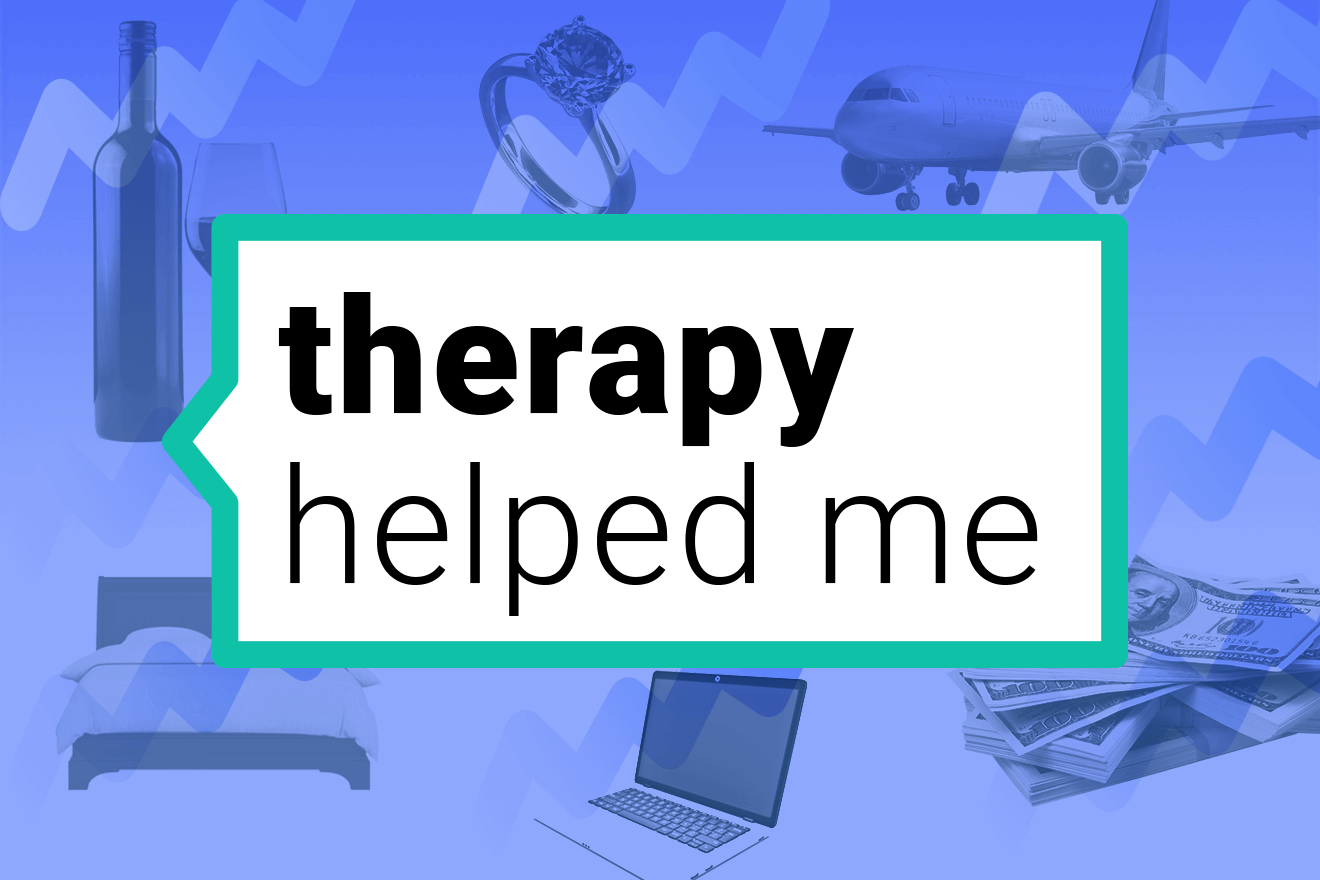Panic attacks are more than just an emotional experience. When someone experiences a panic attack, their “fight or flight” response is triggered, and they experience a full-body physical reaction that can be as scary as the panic itself. Common symptoms include racing thoughts, rapid heartbeat, shortness of breath, shaking or trembling, numbness, dizziness or fainting, and nausea or digestive upset. Panic attacks can be debilitating and seriously affect your quality of life.
Panic attacks are usually thought of as a symptom of anxiety, but not everyone who has an anxiety disorder experiences panic attacks. They can be experienced by anyone with a mental health disorder, including PTSD, depressive disorders, and substance abuse disorders. Sometimes people with no history of mental illness experience panic attacks.
If you experience recurring, periodic panic attacks, you may be diagnosed with panic disorder, a standalone mental health condition experienced by 2-3% of the population in any given year. Treatment for panic disorder and panic attacks usually include therapy, or medication, or both. It’s important for people who experience panic attacks to get help because recurrent attacks can lead to extreme isolation, or other associated panic disorders, which can severely limit a person’s ability to function normally and live a full life.











